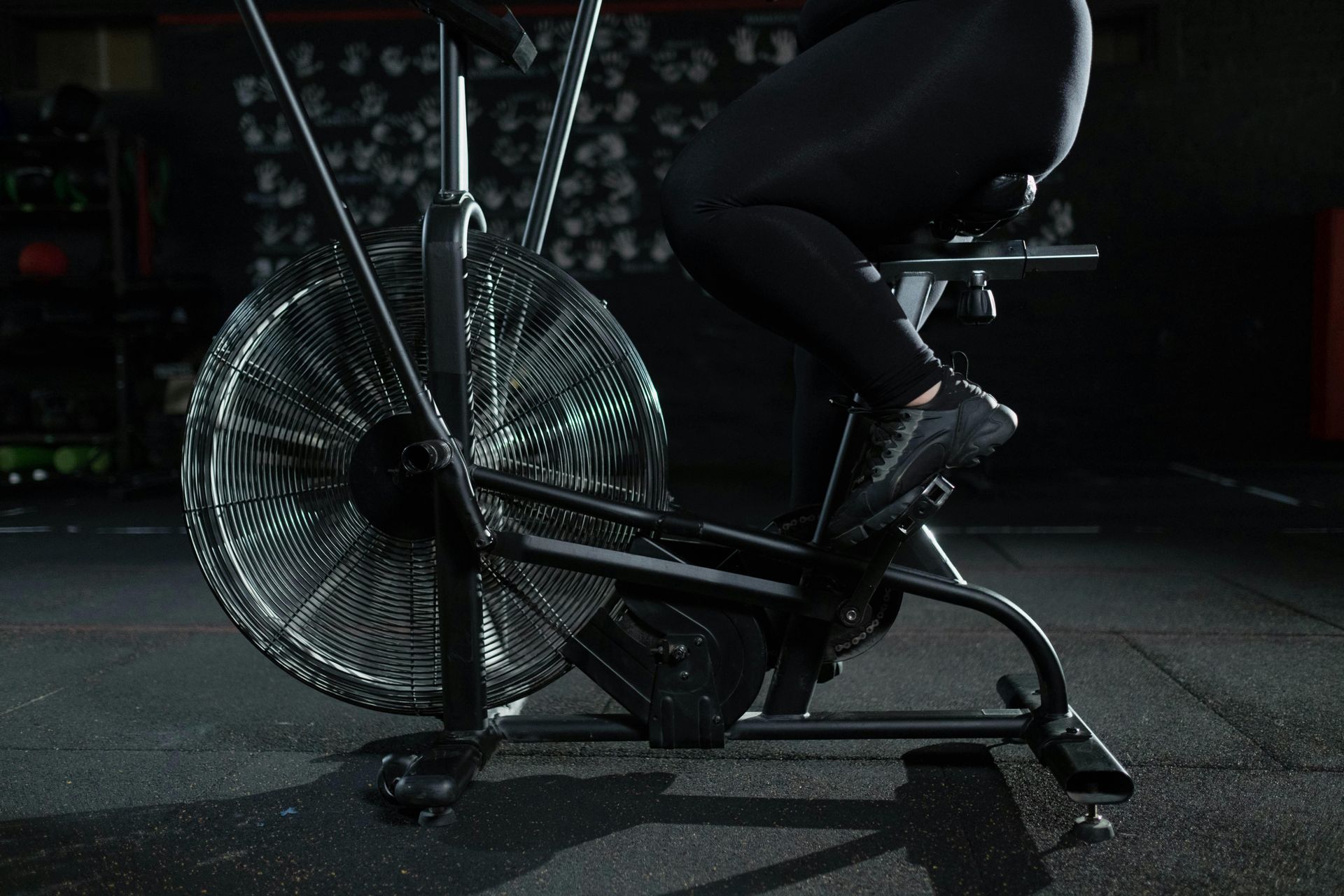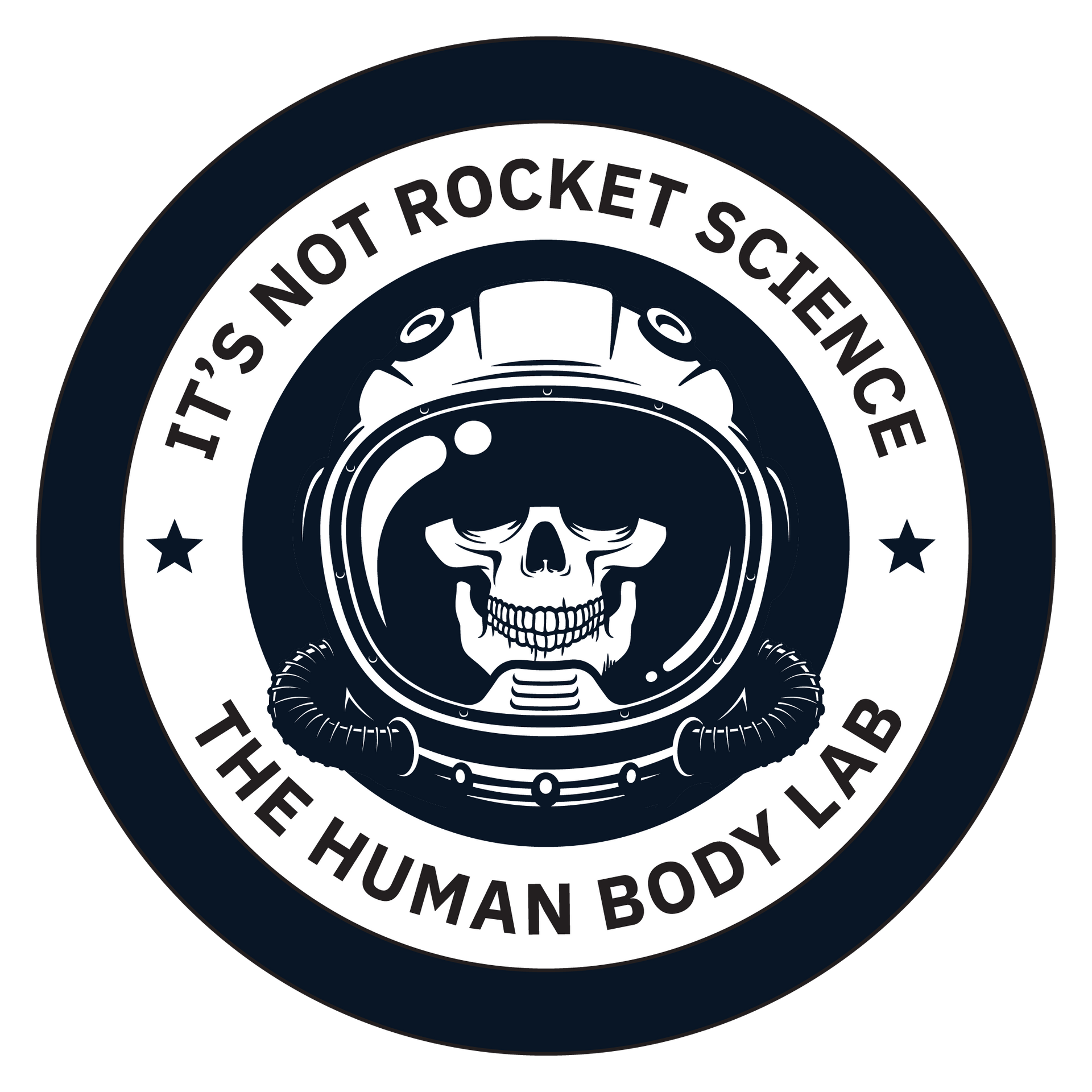Understanding heart rate training zones
HOW TO IMPROVE YOUR TRAINING ZONES
In order to improve your training zones, it takes a goal and plan. The goal will determine your focus. For example, an novice marathoner may focus on aerobic zone training, while a person with an upcoming 5k race would have a focus on anaerobic/lactate threshold training. The CrossFitter or obstacle racer would need to focus on all three. In a nutshell, training at or near your aerobic and anaerobic thresholds causes adaptations which that will shift your zones in a beneficial way(7).
HOW NUTRITION AFFECTS TRAINING ZONES
As described in the intro of this article, as a person increases exercise intensity, their heart rate increases and so does the carbohydrate utilization. A person that uses carbohydrates at a lower intensity, some even at rest will both run out of energy and will become acidic quickly. A metabolically efficient or flexible person will be able to maintain fat utilization at higher a higher exercise intensity.
70 - 80% of a person’s energy (fat vs carbohydrate) utilization is associated with diet (9). In order to shift towards fat utilization at a higher intensity, the best method is following a diet that avoids insulin spikes. One that is low in processed grains and added sugars. The diet should be well balanced with a 2:1 or 1:1 carbs to protein ratio.
CALORIES AND TRAINING ZONES
Whether it is proper fueling for an endurance event, or maintaining proper caloric intake to lose or maintain weight, heart rate training will allow for a person to easily calculate how many calories they burnt during their training session. Unfortunately, without a metabolic assessment, including RMR and VO2 max, calculating the calories burnt during exercise is nearly impossible. Using apps to calculate your energy expended during exercise is even much less accurate than using it for heart rate zones and will over or under estimate the calories burnt most of the time.
CARDIO EQUIPMENT TRAINING ZONES
Many gyms and homes have cardio equipment such as treadmills that have a graphic interface of training zones. Most include categories, like “fat burning or weight loss”, “aerobic or cardiovascular” and “anaerobic or peak”. These machines also will calculate your calories “burnt” during exercise. While this these features are a benefit for the user as a rough estimate, but have very little accuracy. Only will a VO2 test provide you the accurate training zones. Also, understand that calories is a measurement of energy. Similar to a watt, joule or BTU. When machines such as an assault bike displays calories, this is in reference toward the energy generated by the bike and not the calories you have burnt during exercise.
SUMMARY
− We use fats at a low intensity exercise and carbohydrates as intensity increases.
− High intensity work makes your blood more acidic causing you to breathe faster to get rid of the waste.
− Heart rate zones determine your specific intensity training zones.
− Heart rate zones are changed by your training modalities.
− The aerobic zone is before any discomfort starts.
− The anaerobic/lactate zone is uncomfortable but sustainable for a while.
− The peak zone cannot be sustained for more than a few minutes.
− Everyone’s training zones are different, specific and adaptable.
− A person’s diet will have an effect on carbohydrate vs fat use.
− Tracking calories burnt & consumed is important to maintaining a healthy balance.
SOURCES
(1) Maddaiah VT. Exercise and energy metabolism. Pediatr Ann. 1984 Jul;13(7):565-72. PMID: 6472907. https://pubmed.ncbi.nlm.nih.gov/6472907/
(2) Berg JM, Tymoczko JL, Stryer L. Biochemistry. 5th edition. New York: W H Freeman; 2002. Section 30.4, Fuel Choice During Exercise Is Determined by Intensity and Duration of Activity. Available from: https://www.ncbi.nlm.nih.gov/books/NBK22417/ (3) 16.4: Fuel Sources. Last updated: Aug 13, 2020.
https://med.libretexts.org/Bookshelves/Nutrition/Book%3A_Human_Nutrition_(University_o f_Hawaii)/16%3A_Performance_Nutrition/16.04%3A_Fuel_Sources
(4) Ghosh A. K. (2004). Anaerobic threshold: its concept and role in endurance sport. The Malaysian journal of medical sciences : MJMS, 11(1), 24–36.
(5) Stefanie Passler , et al. Validity of Wrist-Worn Activity Trackers for Estimating VO2max and Energy Expenditure, Technical University of Munich, 22 August 2019
(6) Koike, D. Weiler-Ravell, D. K. et. Al. Evidence that the metabolic acidosis threshold is the anaerobic threshold. A. 01 JUN 1990. https://doi.org/10.1152/jappl.1990.68.6.2521 (7) Laurent A. Messonnier, et. al. Lactate kinetics at the lactate threshold in trained and untrained men
(8) Laurent A. Messonnier, et. al. Exercise Physiology Laboratory, Department of Integrative Biology, University of California Berkeley.14 January 2013
(9) Sunny Blende. METABOLIC EFFICIENCY: BECOMING A “BETTER-BUTTER-BURNER”. 01/06/2014. https://ultrarunning.com/features/metabolic-efficiency-becoming-a-better butter-burner/











